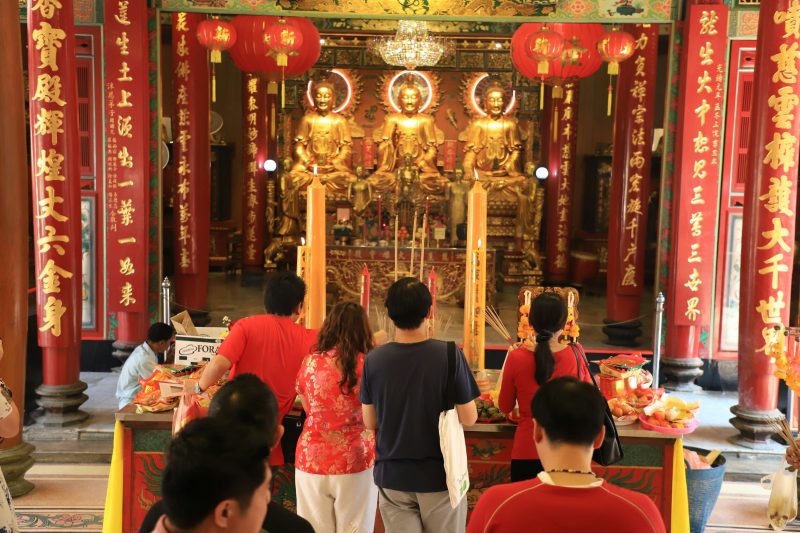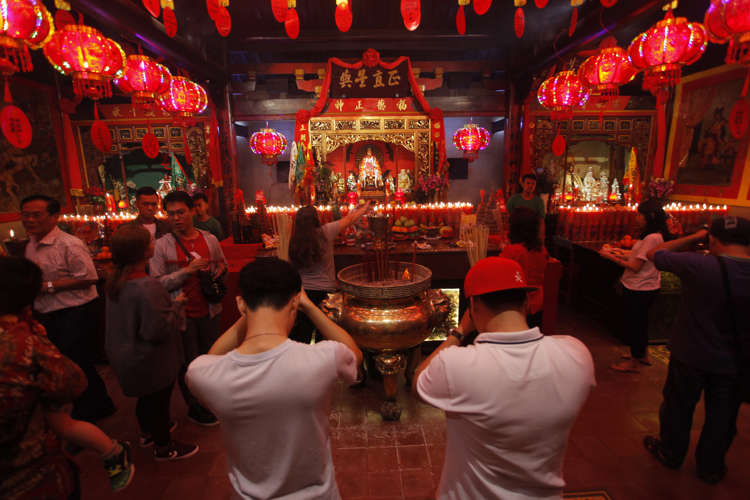An Overview On Chinese Praying
Buddhism and Taoism do not need common participation, week after week, in their sanctuaries 拜神金纸, which is why most Chinese pray at home, even if by an effort of imagination. In extraordinary events or the midst of trouble, they can go to the sanctuary to pray or ask the minister for help.

The Religions
Most Chinese are agnostics. the others are Buddhists, so they pray to Buddha (Buddhism doesn’t have just one god, however), Muslims, so they pray to God, Christians who pray to God too. different religions. There are a ton of religions in China 马来西亚拜神金纸. Chinese Buddhism and Taoism fuse prayer in their strict everyday ceremonies. Although prayer goes with contributions, ascetic prayer (mu-yu) is said in the morning, in the early afternoon, and at night to the sound of a small bell.
The Christians
A minority of Chinese are Christian. Individuals who have a place in the state authority church can go to the nearby church to pray. Other people who have a place with one of the underground houses of worship meet when they can in houses, woods, or some other mysterious area to pray and reverence, but they pray alone anywhere, whenever they are in the middle. They cannot be seen with transparency praying inspired by a paranoid fear of capture and mistreatment. Others are Muslims and can go to their neighborhood mosque.
Prayer Of Death
Prayer for the dead is particularly significant in Taoism and rehearsed in memorial services, on the 30th day after death, in commemoration of the death of a friend or family member, and on the anniversary of the deceased. This is accepted to help improve the encounters of the soul of the deceased in the afterlife. In addition, there are specific prayers that accompany travel and promises. Buddhist priests and laypeople regularly use 108-globular strings to help with prayer.
Shrines
Shrines can contain sculptures of a wide variety of types of Buddhas, minor gods, and gatekeepers. Here and there, it tends to be difficult to say who, in order not to irritate anyone, tries to give a touch of consideration to each of them.
How To Pray
First, light the three incense sticks. Each stick should be lit, but make sure the flames go out. This can be done by richly renouncing incense quickly through the air. In case one are a novice, in all probability one will frantically beat the incense for a few moments before surrendering out of pure shame and extinguishing the fire completely. When the incense is copying safely, hold the sticks between the palms and against the forehead, face the sanctuary and start praying. Be warned; it is vital that one hold the incense very high, facing the head, and not at chest height or below. It is impolite to Buddha to keep the incense low. Bend several times towards the sanctuary, at that point go to one side and repeat this example until one has bowed on each of the four bearings. The moment one is done, throw the incense into the intensely steaming brass tub found somewhere in the backyard.
